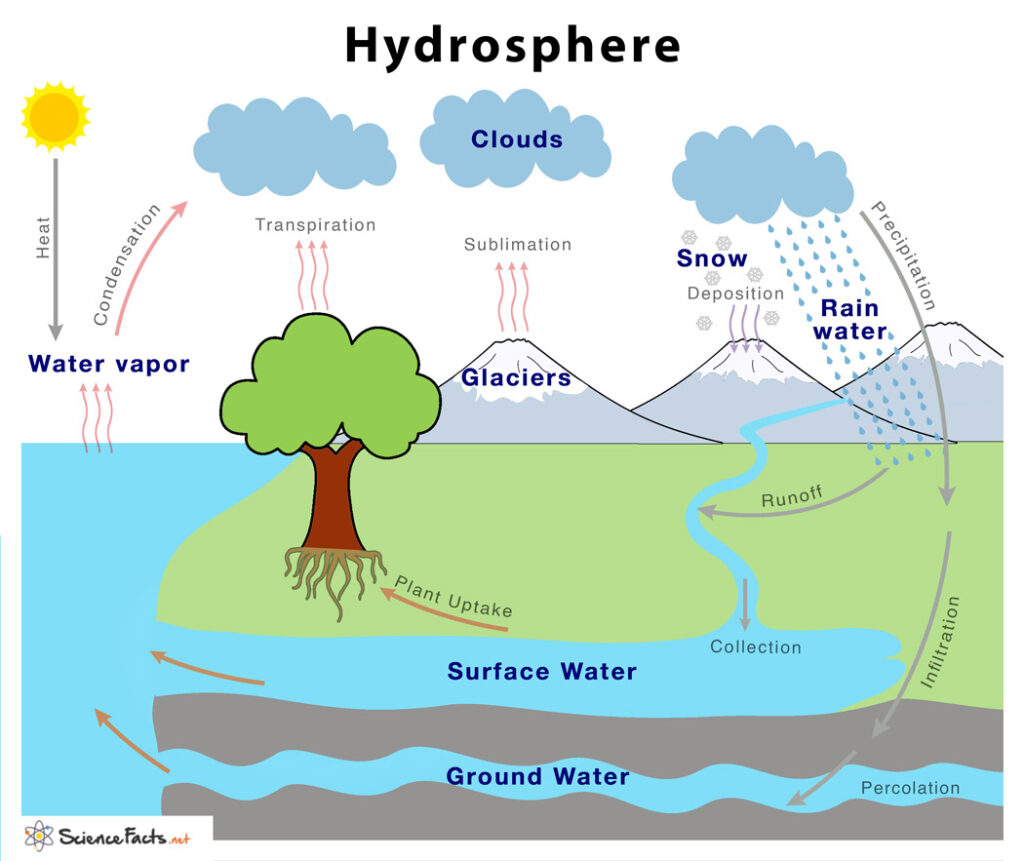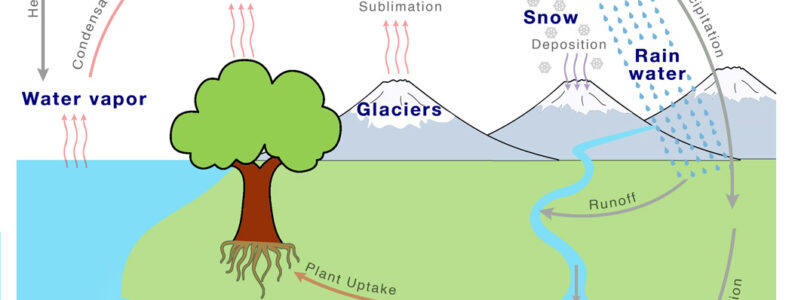Hydrosphere: Earth’s Aquatic Realm and Vital Lifesource – Amid the sprawling landscapes and towering mountains of our planet lies an equally vast and captivating domain—the hydrosphere. This aqueous realm encompasses Earth’s oceans, rivers, lakes, and even the water vapor that drifts within the atmosphere.
It is a dynamic and essential component of our planet’s equilibrium, influencing climate, sustaining life, and shaping the very face of our world. This article embarks on a journey to unveil the significance of the hydrosphere, its diverse manifestations, and the integral role it plays in Earth’s intricate web of life. login premium303
Why is the Hydrosphere Important?
The hydrosphere plays a pivotal role in supporting and regulating life on Earth. Its significance is a result of numerous crucial operations:

- Climate Regulation: The oceans act as reservoirs of heat, absorbing and releasing energy over time, which helps regulate global climate patterns.
- Water Cycle: The hydrosphere is a key player in the water cycle, which involves the continuous movement of water between the atmosphere, land, and oceans, ensuring the availability of freshwater resources.
- Habitat and Biodiversity: Aquatic ecosystems, ranging from coral reefs to deep-sea trenches, provide habitats for a diverse array of species, supporting intricate food webs and biodiversity.
- Nutrient Cycling: The hydrosphere facilitates the movement of essential nutrients through marine and freshwater ecosystems, influencing the growth of aquatic plants and organisms.
- Transportation and Trade: Oceans and waterways have served as avenues for transportation, trade, and communication for civilizations throughout history.
Five Examples of the Hydrosphere
The hydrosphere manifests in various forms and environments. Five examples that exemplify its diversity include:
- Oceans: Encompassing more than 70% of Earth’s surface, oceans are vast bodies of saltwater that regulate climate, harbor diverse marine life, and contribute to the water cycle.
- Rivers: Flowing through landscapes, rivers transport freshwater from mountains to oceans, carving valleys and providing habitats for aquatic organisms.
- Lakes: These inland bodies of freshwater vary in size and support unique ecosystems, providing water for drinking, irrigation, and recreational activities.
- Glaciers and Ice Sheets: These frozen reservoirs of freshwater store large quantities of ice and release meltwater, contributing to sea level rise and freshwater supply.
- Atmospheric Water Vapor: Water vapor suspended in the atmosphere is a crucial component of the hydrosphere, playing a role in weather patterns, cloud formation, and precipitation.
What Does the Hydrosphere Do to the Earth?
The hydrosphere plays a vital role in shaping Earth’s physical and biological systems:
- Erosion and Shaping Landscapes: Rivers and oceans erode and shape coastlines, canyons, and valleys, carving the topography of the planet.
- Moderating Climate: Oceans store and release heat, influencing climate patterns and regulating temperature extremes.
- Supporting Life: Aquatic ecosystems provide habitats for countless species, sustaining complex food webs and supporting biodiversity.
- Facilitating the Water Cycle: The hydrosphere’s continuous movement of water between different reservoirs ensures a steady supply of freshwater for various purposes.
Why is it Called Hydrosphere?
The term “hydrosphere” derives from the Greek words “hydor,” meaning “water,” and “sphaira,” meaning “sphere.” This nomenclature encapsulates the essence of this realm as the spherical layer of Earth where water exists in its various forms. The name reflects the hydrosphere’s profound impact on Earth’s systems and its pivotal role in supporting life.
Conclusion: Nurturing the Lifeline of Our Planet
The hydrosphere, with its boundless oceans, coursing rivers, and vast aquatic landscapes, stands as an indelible testament to the planet’s capacity to sustain and nurture life. From regulating climate patterns to offering sanctuary to diverse species, the hydrosphere’s impact on Earth’s systems is immeasurable.
As we continue to explore the intricacies of our planet’s aquatic domain, the hydrosphere remains a source of wonder and appreciation for the dynamic and interconnected web of existence.

